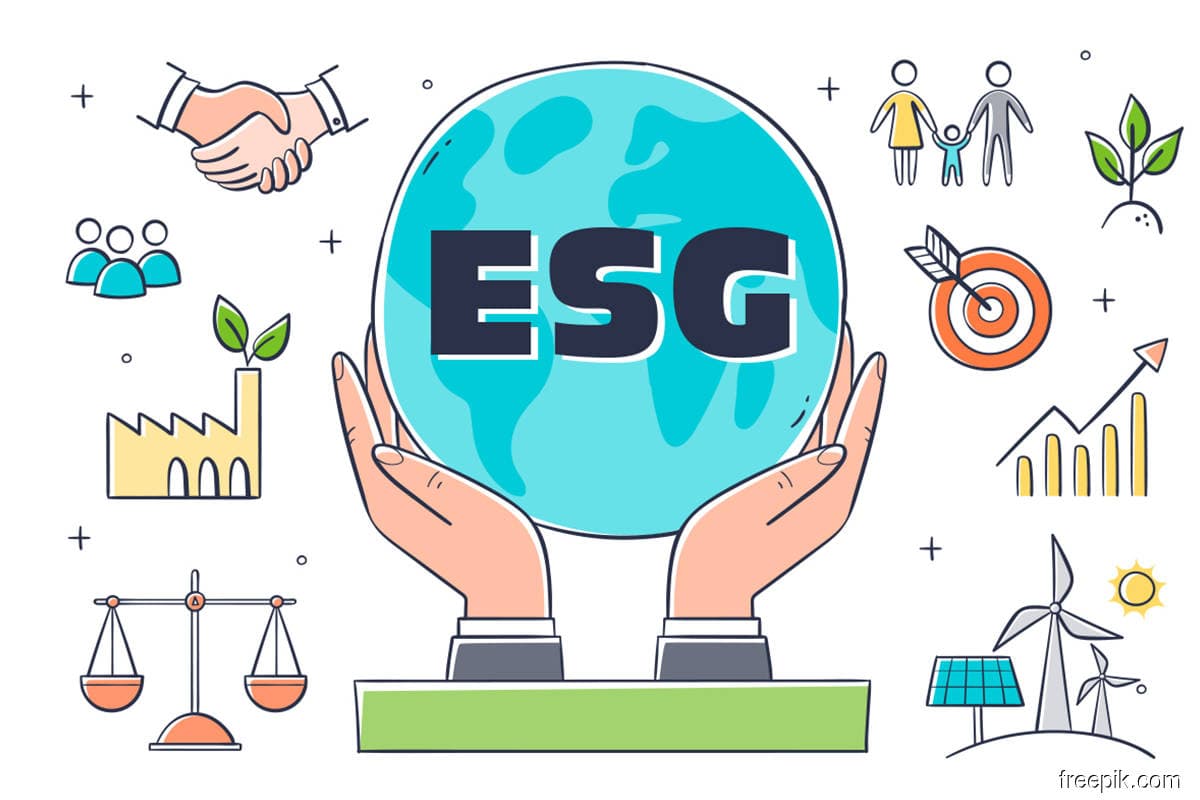
This article first appeared in The Edge Malaysia Weekly on May 16, 2022 - May 22, 2022
As the world explores impact metrics beyond financial measures, companies are scrutinised for their societal responsibilities. Central to this is the question of purpose: “What is our role in the economy and our commitment to various stakeholders?” This requires a holistic strategy around environmental, social and governance (ESG) factors.
We see an emphasis on sharper reporting to address regulatory and investor evaluations on material ESG risks. Disclosures on topics such as labour rights and emissions are critical in outlining how well these risks are managed. Moreover, there is a push to link executive compensation with ESG key performance indicators.
Yet, ESG risks extend further. Beyond investors, socially conscious consumers and employees are pushing leaders to renew their purpose — what they stand for — and therefore, their strategy. This includes questions on where they operate, what they sell, how they source and how they engage their customers, suppliers and workforce.
By this measure, most businesses are at the early stages of their ESG strategies. Only a few see it as a powerful vector for differentiation and have reoriented from risk and value preservation to growth and value creation. This shift requires an empowered strategy function that steers the response across various parts of the organisation.
The role of strategy
As companies explore a wider sphere of impact, they must review how and where to compete and bring ESG into the core of business decisions beyond a mere “response” to stakeholder pressure. Several principles guide these questions on strategy:
• Set a bold vision: First are considerations on purpose and clearly outlining how the business will drive value, and for whom. It requires a study of all stakeholders, their expectations of the business, how that aligns with industry developments and disruptions from transitioning to a low carbon future. The goal is to arrive at bold conclusions on where a business has the opportunity — and the right — to make a differentiated impact and create long-term value, and to anchor decisions against this.
• Reinvent your focus: Clarity on where to channel impact needs to be considered against current operations and necessary trade-offs. If today’s priorities drive undesirable outcomes, leaders need to reinvent what the business does and how it does it. While this may manifest in new priorities, it may also intersect with existing digital transformation or upskilling initiatives. Reinvention can also trigger decisions to exit certain segments or to rethink organisational structures.
• Tell your story: Strategy also involves telling your unique story — what the business is working towards, how they are doing it and why. This can extend beyond materiality matrices and sustainability reports to marketing programmes, product labelling and recruitment messaging. Giving stakeholders a way to hold the business accountable engages and strengthens relationships.
The path to transformation
Clarity on direction and the trade-offs it may trigger with near-term commercial priorities set the stage for transformation and change. With this mandate, several important functional decisions come into purview:
• Adapt to changing needs: Understanding what stakeholders expect is only one part of the equation in keeping up with the spirit of your strategy. Recognising where to operate and who to serve could be the deciding factor on whether your business is able to serve your stakeholders and adapt to their changing needs.
• Evolve the portfolio: Working with research and development (R&D) and innovation is key to evolving the product and service suite. Shedding assets that run counter to the organisational vision will be important, as will reimagining how products are produced, packaged, distributed and marketed. For instance, property companies are increasingly pivoting their product strategy to cater for ageing populations who are looking for community living in their golden years.
• Build a fit-for-purpose organisation: The frame of functions and how they interact will need to ensure that decision-making captures multiple perspectives and priorities. Separating ESG from core financial and commercial decisions is akin to a game of “catch-up”, where reporting struggles to keep pace with stakeholder pressures. This involves reviewing how sustainability is led. A dedicated chief sustainability officer role has value, but the future calls for deeper integration of ESG decisions into other critical business functions, including human resources, supply chain, innovation and sales and marketing leadership.
In conclusion, leaders will only be able to deliver transformative ESG outcomes and get ahead of stakeholder pressure if they craft a measurable purpose-aligned strategy to address long-term stakeholder expectations and deliver impact. With this clarity, ESG programmes can be integrated into the business, fuelling cultural change and organisation-wide transformation.
Rakesh Mani is strategy consulting leader at PwC Malaysia’s Strategy& (global strategy consulting team at PwC)
Save by subscribing to us for your print and/or digital copy.
P/S: The Edge is also available on Apple's AppStore and Androids' Google Play.